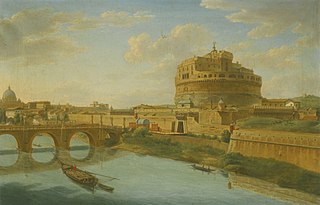
A veduta is a highly detailed, usually large-scale painting or, more often, print of a cityscape or some other vista. The painters of vedute are referred to as vedutisti.

Domenico Morelli was an Italian painter, who mainly produced historical and religious works. Morelli was immensely influential in the arts of the second half of the 19th century, both as director of the Accademia di Belle Arti in Naples, but also because of his rebelliousness against institutions: traits that flourished into the passionate, often patriotic, Romantic and later Symbolist subjects of his canvases. Morelli was the teacher of Vincenzo Petrocelli, Ulisse Caputo, and Anselmo Gianfanti.

Lodovico Lipparini was an Italian painter.

Luigi Premazzi was an Italian painter, mainly of watercolor vedute.

Domenico Bresolin was an Italian painter and photographer, specializing in vedute of Venice.
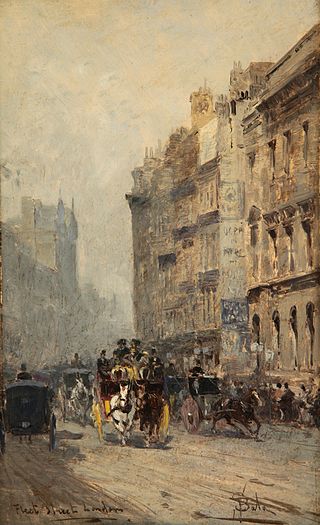
Paolo Sala was an Italian painter, mainly of vedute and genre scenes. He often painted dal vero, that is, en plein air. He was also known for his ability to paint animals in rural scenes. He founded the Lombard association of watercolor painters in 1911.

Pietro Sassi was an Italian painter who specialized in large scale vedute of Rome and the Roman Campagna.

Carlo Brancaccio was an Italian painter, active mainly in an Impressionist style.
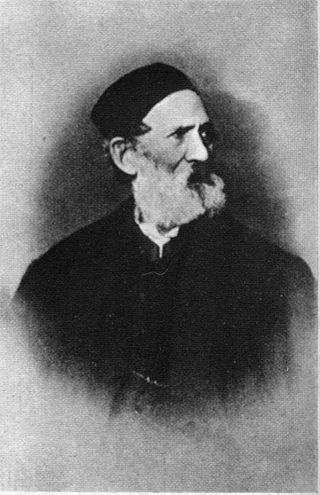
Adeodato Malatesta was an Italian painter, trained in a grand Neoclassical style, depicting mostly of sacred and historic subjects.

Antonio Zona was an Italian painter, active in a style fusing Neoclassicism and Romantic style.

Antonino or Antonio Leto was an Italian painter, painting mainly genre/landscape subjects in an impressionistic style.
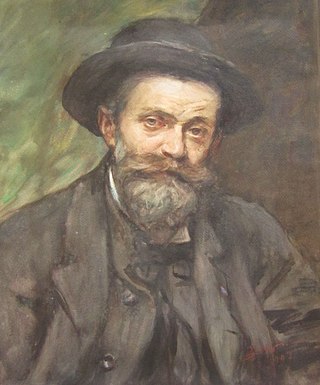
Alessandro Zezzos was an Italian painter of genre scenes, costume scenes, portraits, and vedute, in watercolors and oils.
Cesare Viazzi was an Italian painter.
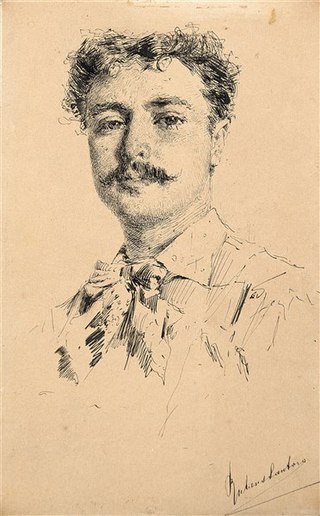
Rubens Santoro was an Italian painter.

Angiolo Tommasi was an Italian painter, active in the Macchiaioli movement. He was the brother of the painter Ludovico and cousin of the painter Adolfo Tommasi; all three were influential for the arts in their native Tuscany in the late 19th and early 20th-centuries. Angiolo painted both genre and landscape themes.

Pompeo Marino Molmenti was an Italian painter.
Luigi Lanza was an Italian painter, depicting mainly vedute, in oil and watercolors.
Orsola Faccioli or Licata Faccioli was an Italian painter, mainly of vedute and interior scenes.
Giuseppe Carozzi was an Italian painter.

Giuseppe Pietro Bagetti was an Italian civil and military architect, as well as painter. He painted landscapes and battle paintings.

















